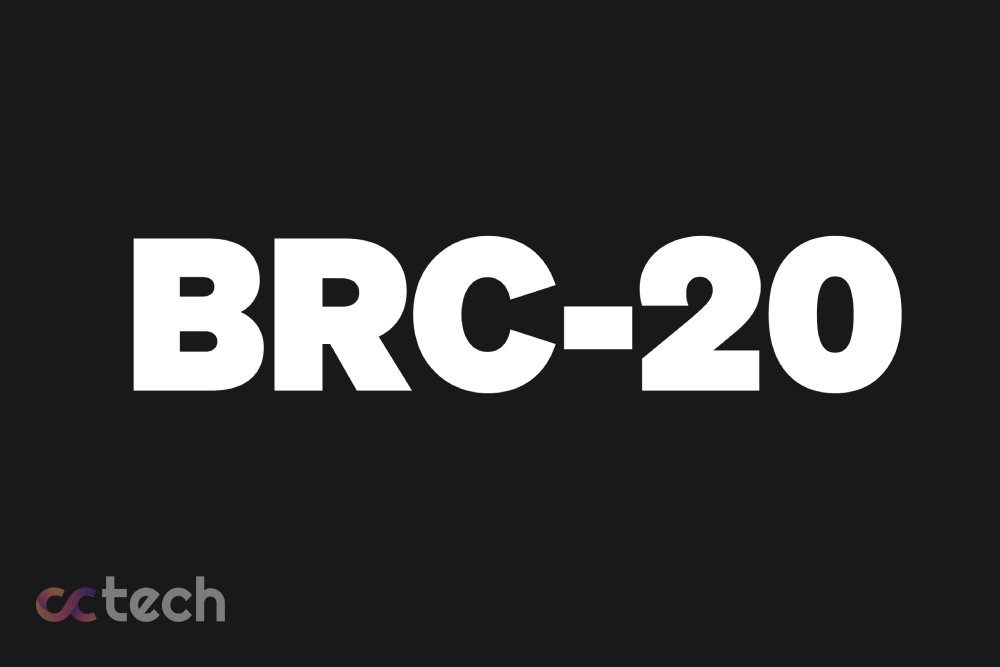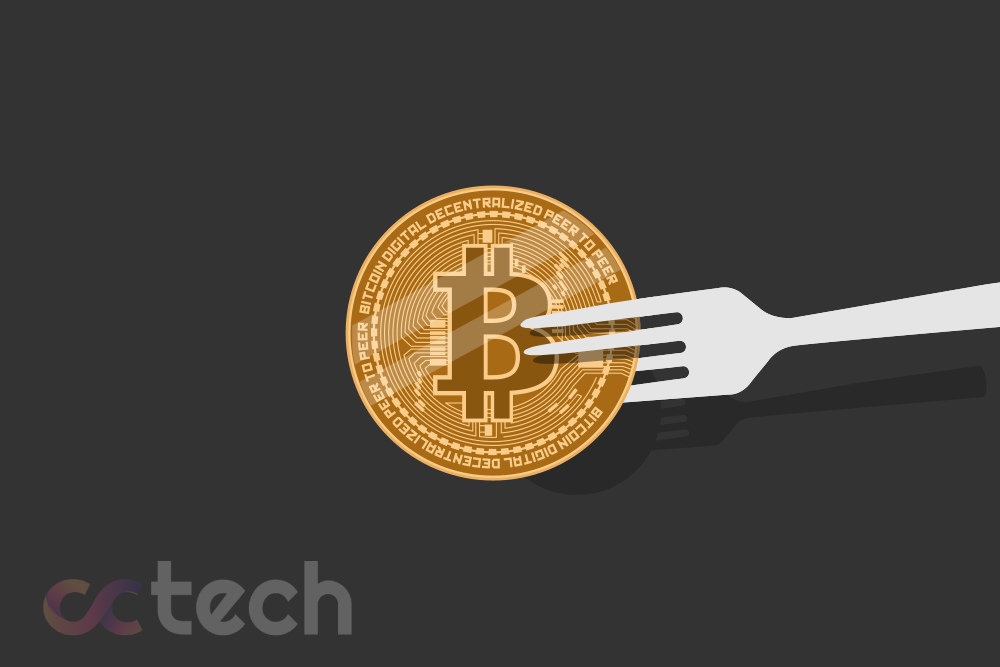
Tether (USDT) is one of the most popular stable coins. It was developed as an asset-backed by the U.S. dollar at a ratio of 1 to 1. The coin is available on many blockchain networks and has experienced increased trading volume and liquidity over the past few years.
Like other stable coins, USDT is valuable in cryptocurrency trading because it allows traders to protect themselves from the market volatility inherent in BTC and other crypto assets. In addition, the use of stable coins avoids additional costs and delays in conversion between cryptocurrency and fiat.
Introduction
Tether is a key element of the cryptocurrency ecosystem. As of December 2020, the cryptocurrency Tether was the fourth largest in the world and had a market capitalization of almost $20 billion, second only to bitcoin, Ethereum, and XRP. It is also considered the coin with the highest daily trading volume – even more than bitcoin.
So what is Tether and how can it be useful?
What is Tether (USDT)?
Tether (USDT) is the world’s first stable coin (a cryptocurrency with a value equal to that of fiat currency). Originally called Realcoin, Tether was launched in 2014 by bitcoin investor Brock Pierce, entrepreneur Reeve Collins, and programmer Craig Sellers.
USDT was originally released on the bitcoin protocol via Omni Layer but later received implementation on other blockchains. Now, as you can see in the chart below, the bulk of its offering exists on Ethereum in the ERC-20 token format. Tether has also been released on blockchains such as TRON, EOS, Algorand, Solana, and OMG Network.
Tether, like many of the world’s leading cryptocurrencies, has experienced both ups and downs.
At first, the price of USDT was not stable, sometimes even reaching $1.2. However, since the beginning of 2019, the coin has become less volatile. This is probably due to the constant growth of trading volume and the general development of cryptocurrency markets.
How does Tether (USDT) work?
The main advantage of stabelcoins is their relative stability compared to traditional crypto-assets. The appeal of Tether as a stabelcoin lies in its tethering to fiat currency. USDT is initially pegged to the dollar: $1 for every USDT in circulation.
The importance of Tether (USDT)
Tether bridges the gap between cryptocurrency and fiat currencies. It allows investors to trade against the U.S. dollar without having to deal with the volatility of conventional cryptocurrencies.
With the assurance of stability, investors can own a digital asset similar to fiat currency but still trade other coins in the cryptocurrency markets with ease. Tether’s key features make it a popular coin, although it is not immune to risk.
Key Features
- 1:1 ratio (USD to USDT)
- Stability (to the same extent as the USDT)
- Availability on different blockchains
- Greater number of use cases compared to traditional cryptocurrencies
Options for using Tether (USDT)
A stable asset in a volatile market.
If the price of bitcoin or other crypto-assets falls quickly, you can exchange them for USDT instead of trying to cash out.
Easily transfer funds between exchanges
With Tether, you can quickly move your funds between exchanges. It can also be useful for arbitrage trading with other coins.
Trading exclusively on cryptocurrency exchanges
Some exchanges have no fiat money entry or withdrawal functions but allow USDT trading. With Tether, you can trade on these exchanges without worrying about market volatility when placing your main trading funds in BTC (or other cryptocurrencies).
Forex-style trading
Because USDT is tied to the dollar, you can trade forex-style by exchanging local currencies (not the U.S. dollar) for USDT when their value against the dollar is high. Then, when the local currency falls, you can withdraw money in the local currency or exchange it for other assets.
How to Store Tether (USDT)
In addition to Binance and other cryptocurrency exchanges, you can store USDT on various cryptocurrency wallets. These include web and mobile wallets (like Trust Wallet), as well as hardware cold storage wallets (like Ledger) through third-party software wallets.
Because USDT is implemented on different blockchains, you need to make sure that you are transferring funds within the same network.
For example, if you go to the Binance USDT withdrawal page, you will be offered five networks to transfer: Binance Chain (BEP2), Binance Smart Chain (BEP20), Ethereum (ERC20), Tether (OMNI), and Tron (TRC20).
Other Tether cryptocurrencies
In addition to USDT, Tether has other stable coins:
– EURT: a Tether coin pegged to the euro
– CNHT: a Tether coin pegged to the Chinese yuan
– XAUT: Tether coin pegged to real gold
Conclusion
Stablecoins make crypto-trading more convenient because they eliminate the need for multiple conversions between cryptocurrency and fiat. This makes USDT an attractive asset for cryptocurrency trading.
Despite the fact that Tether’s actual collateralization with the dollar has been repeatedly questioned, trading volumes over the past few years strongly suggest a belief in its value as a stable coin. However, in addition to USDT, other staple currencies such as BUSD, USDC, TUSD, and PAX can also be used.









